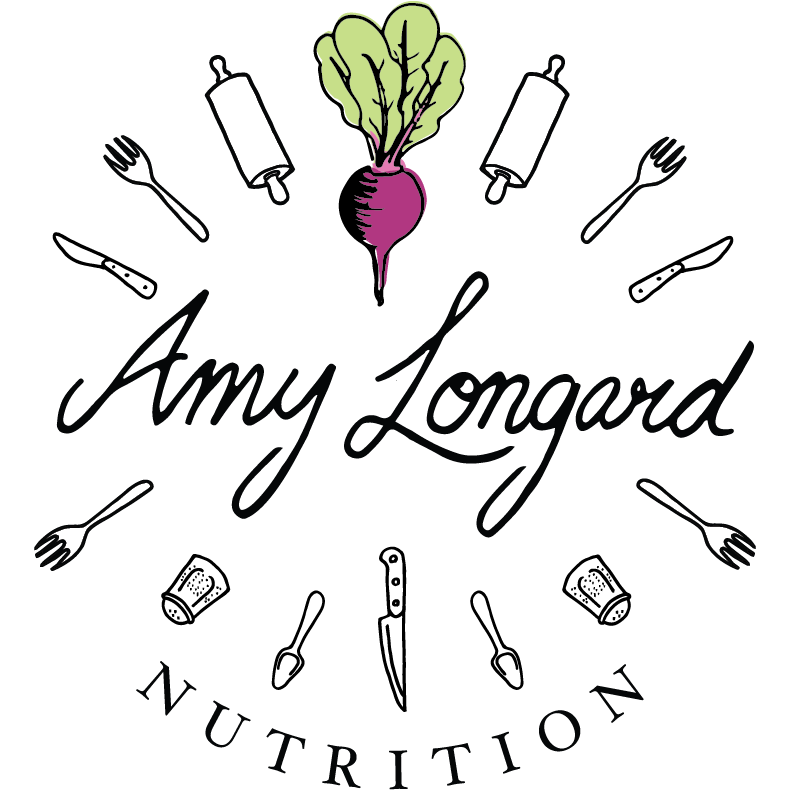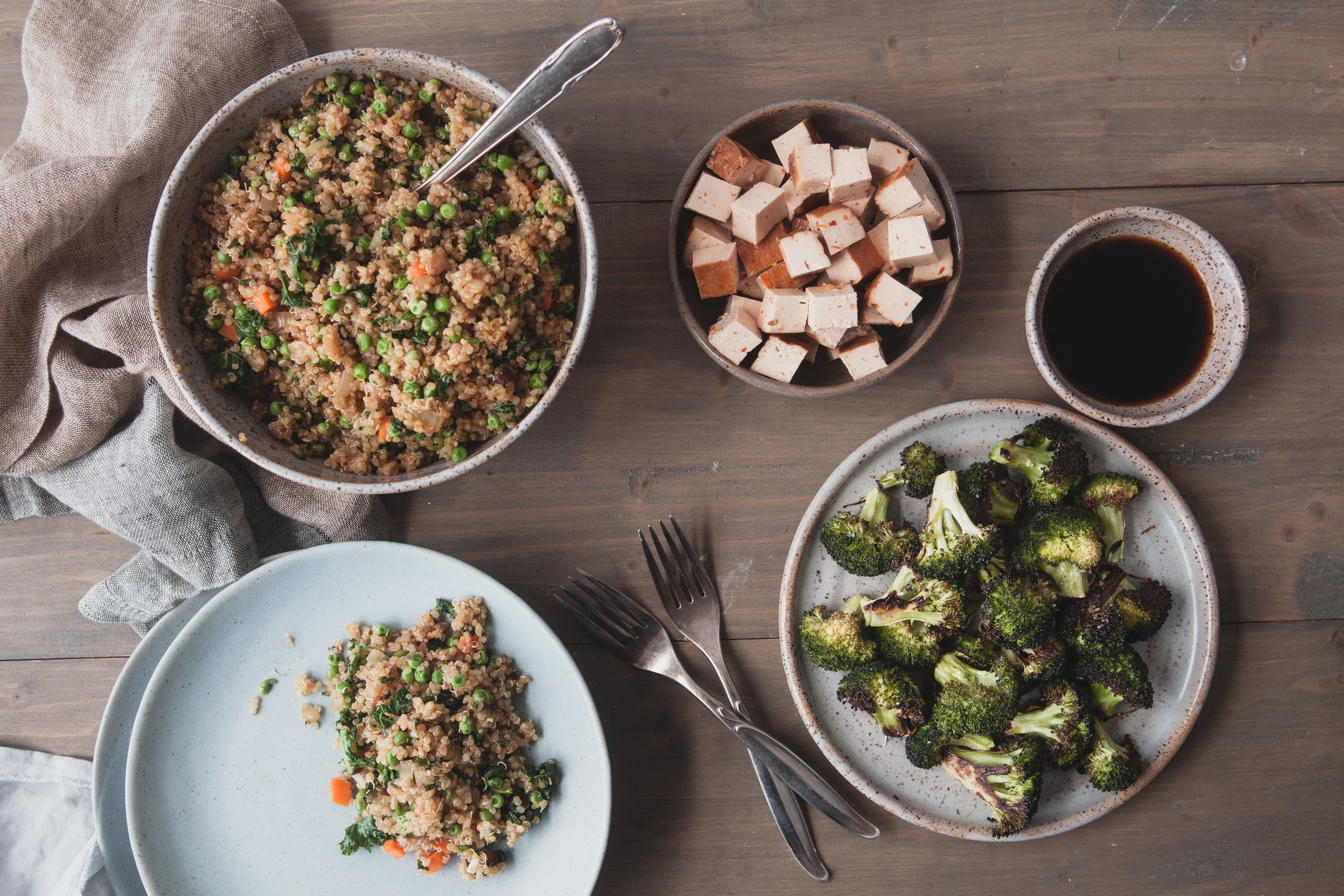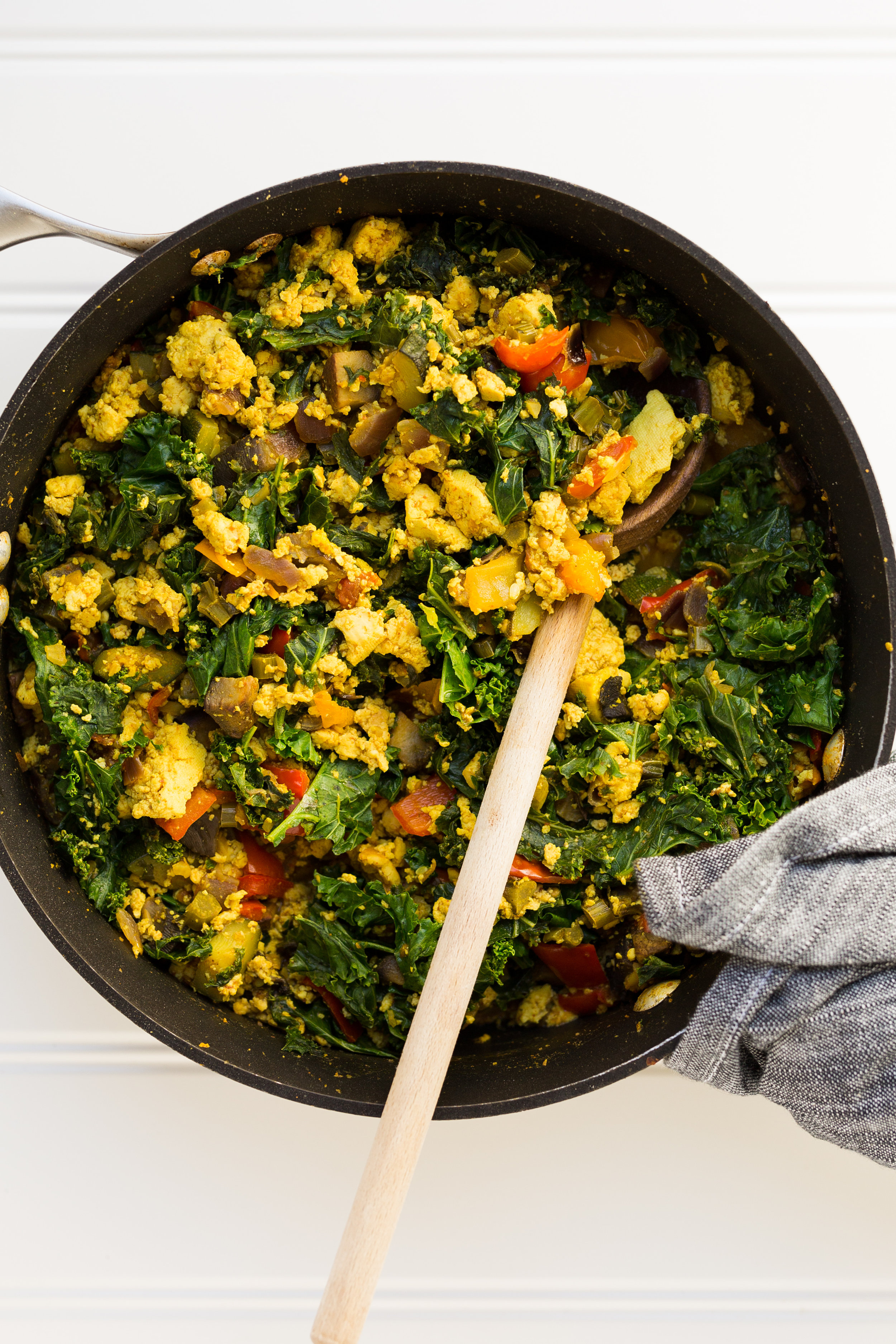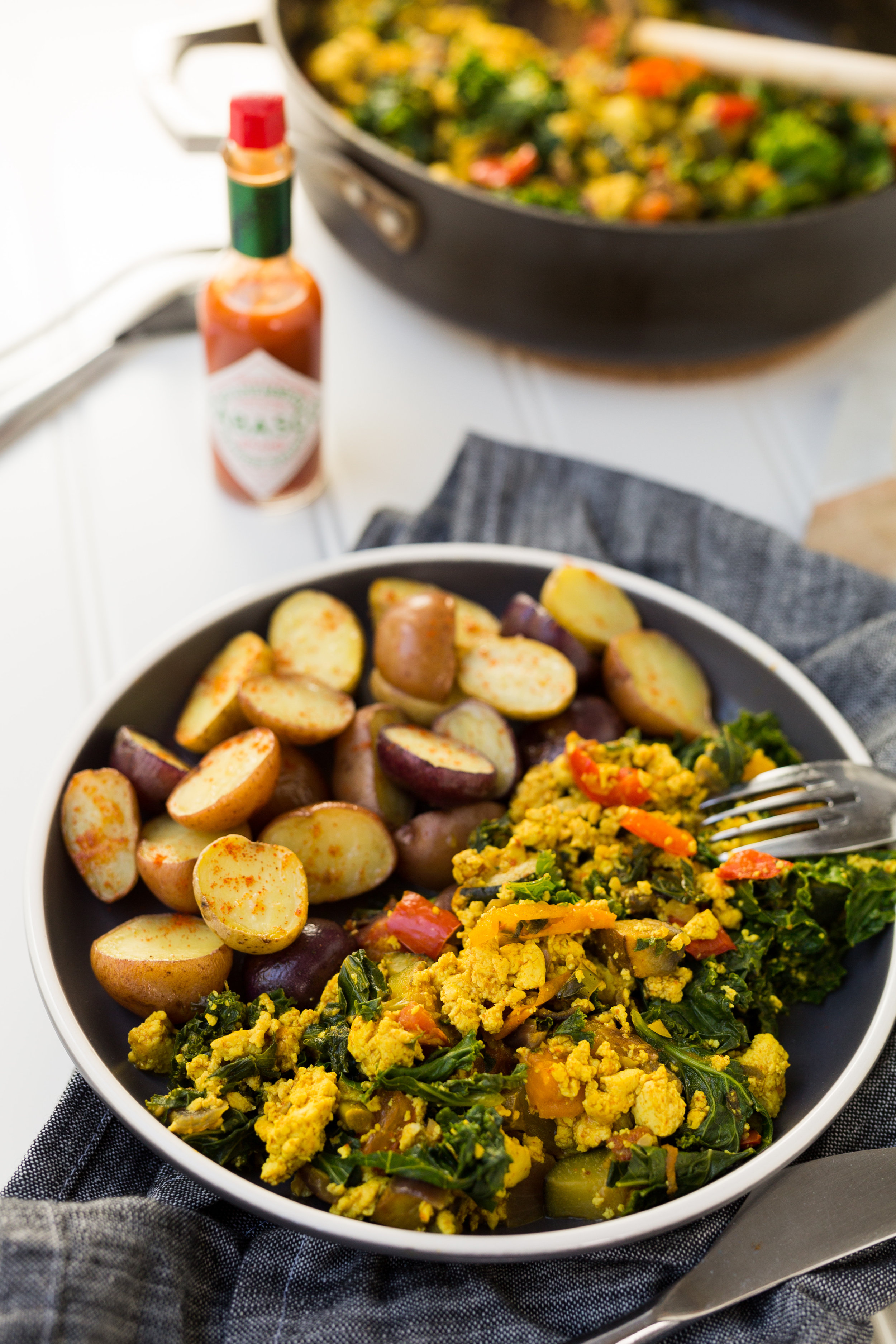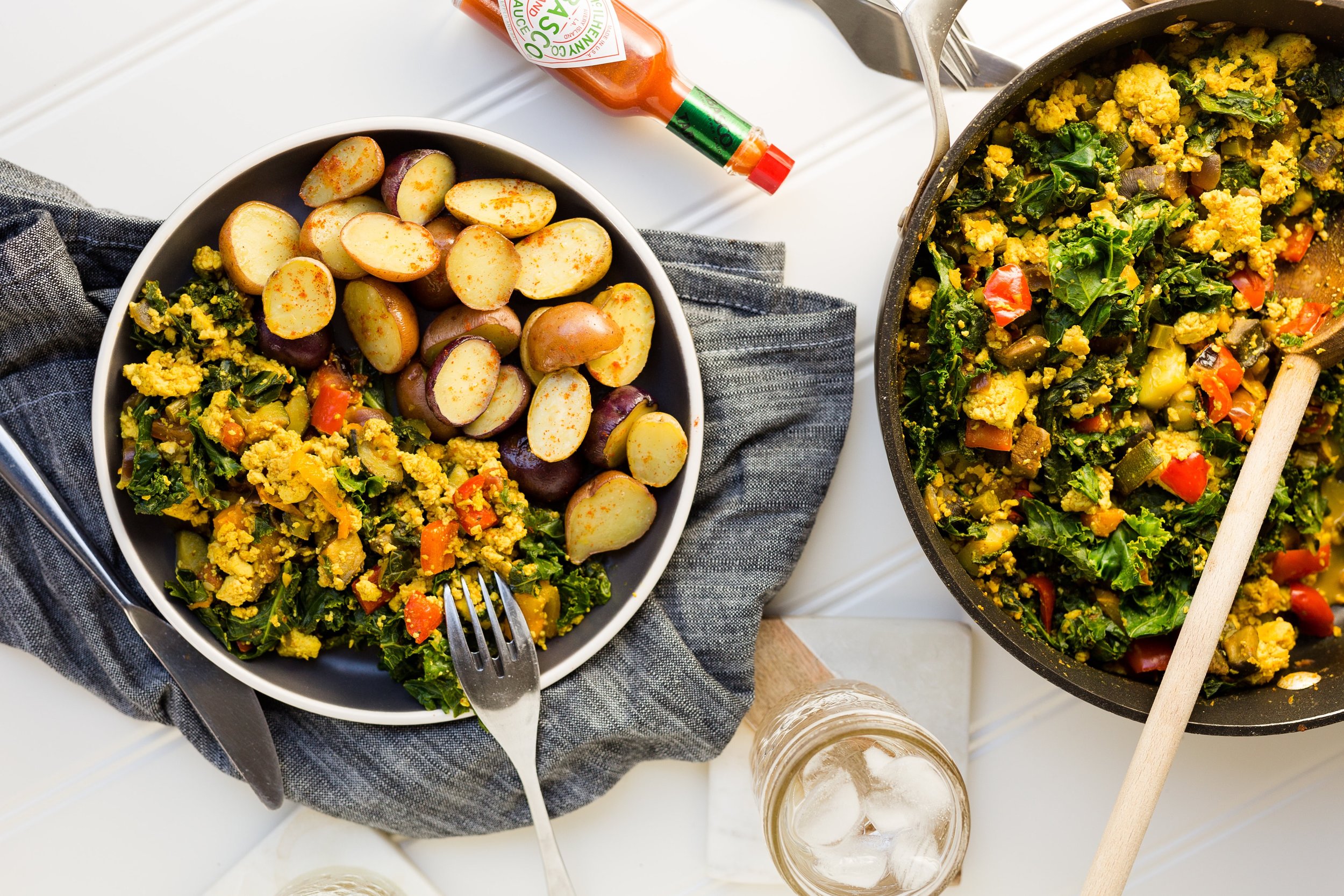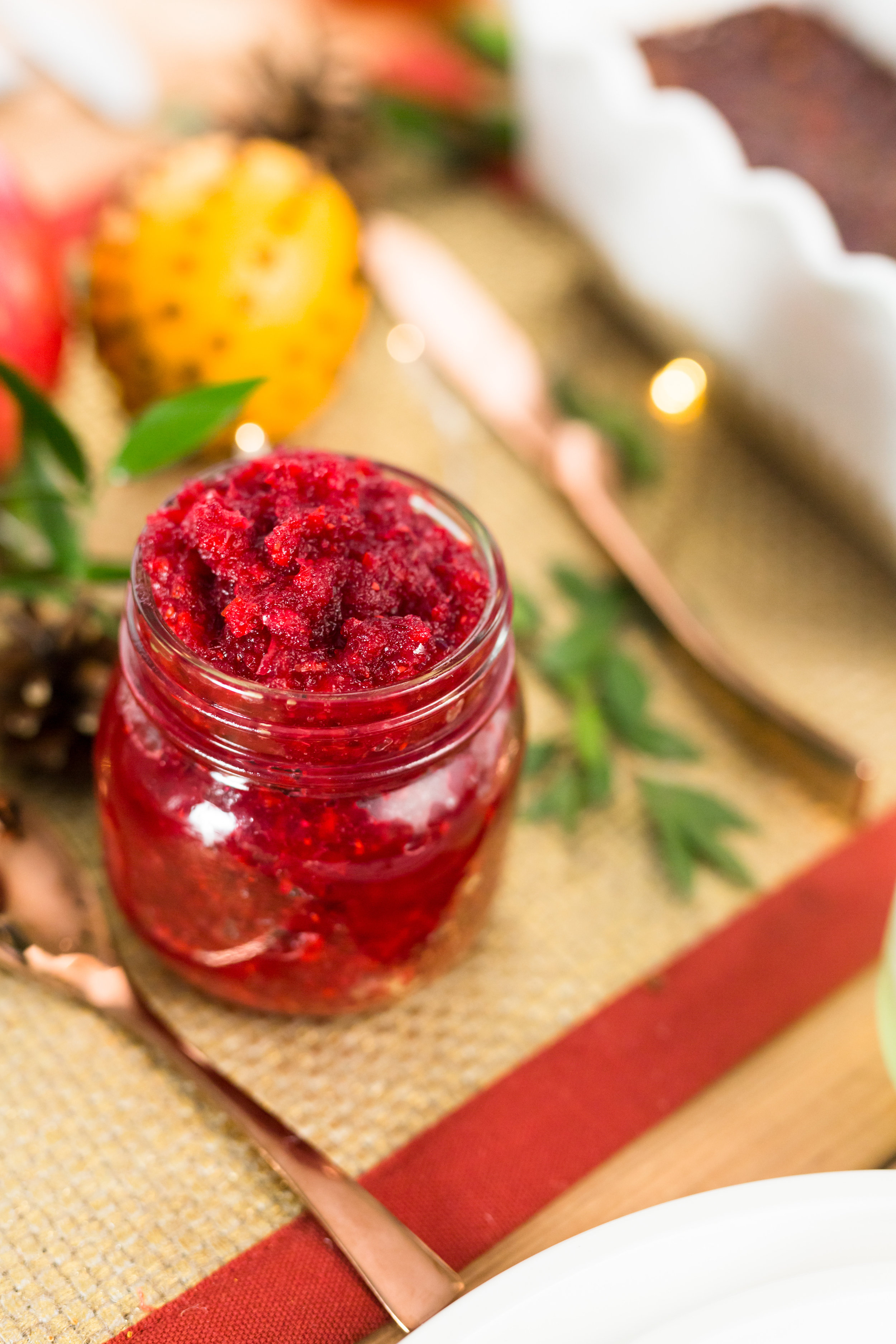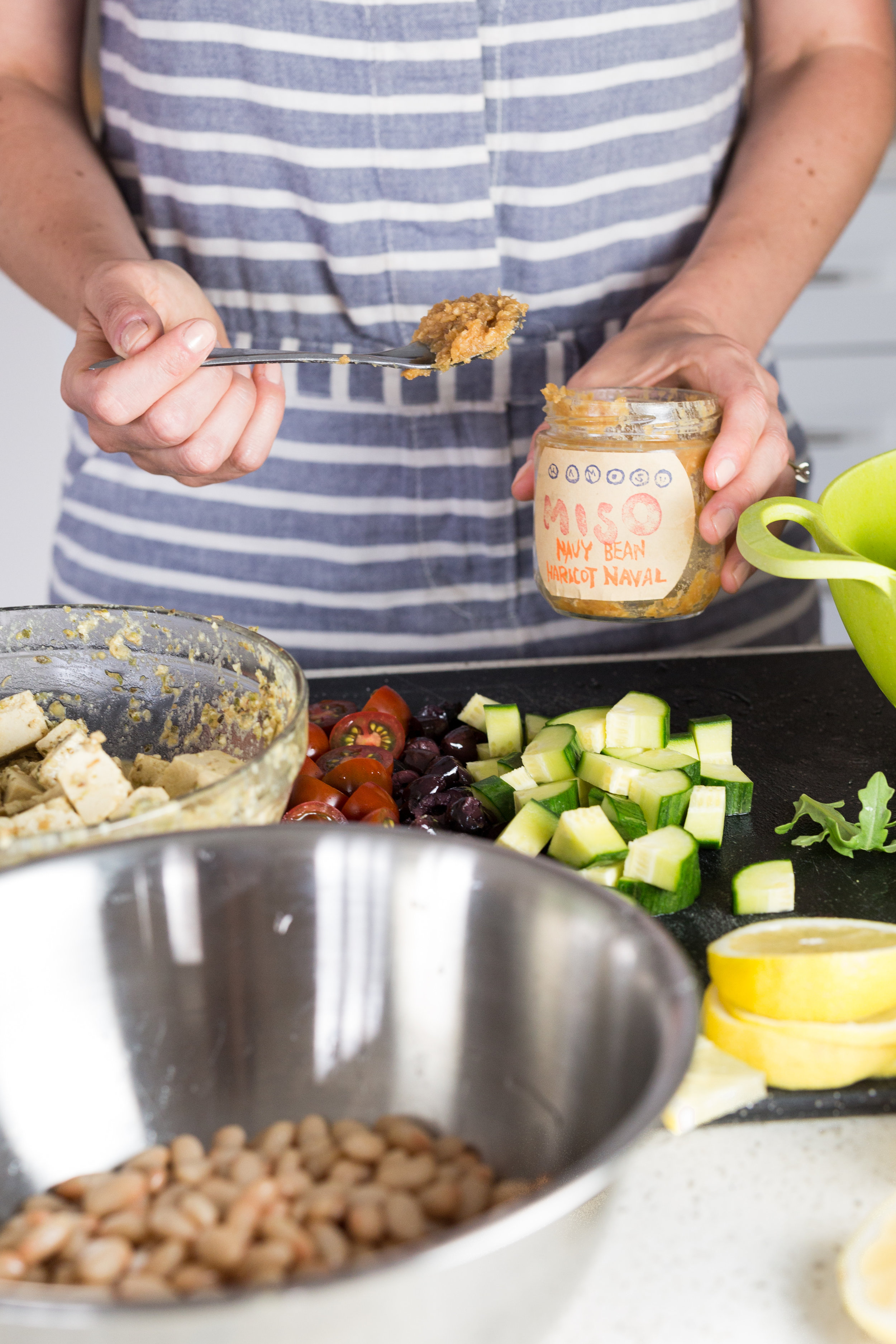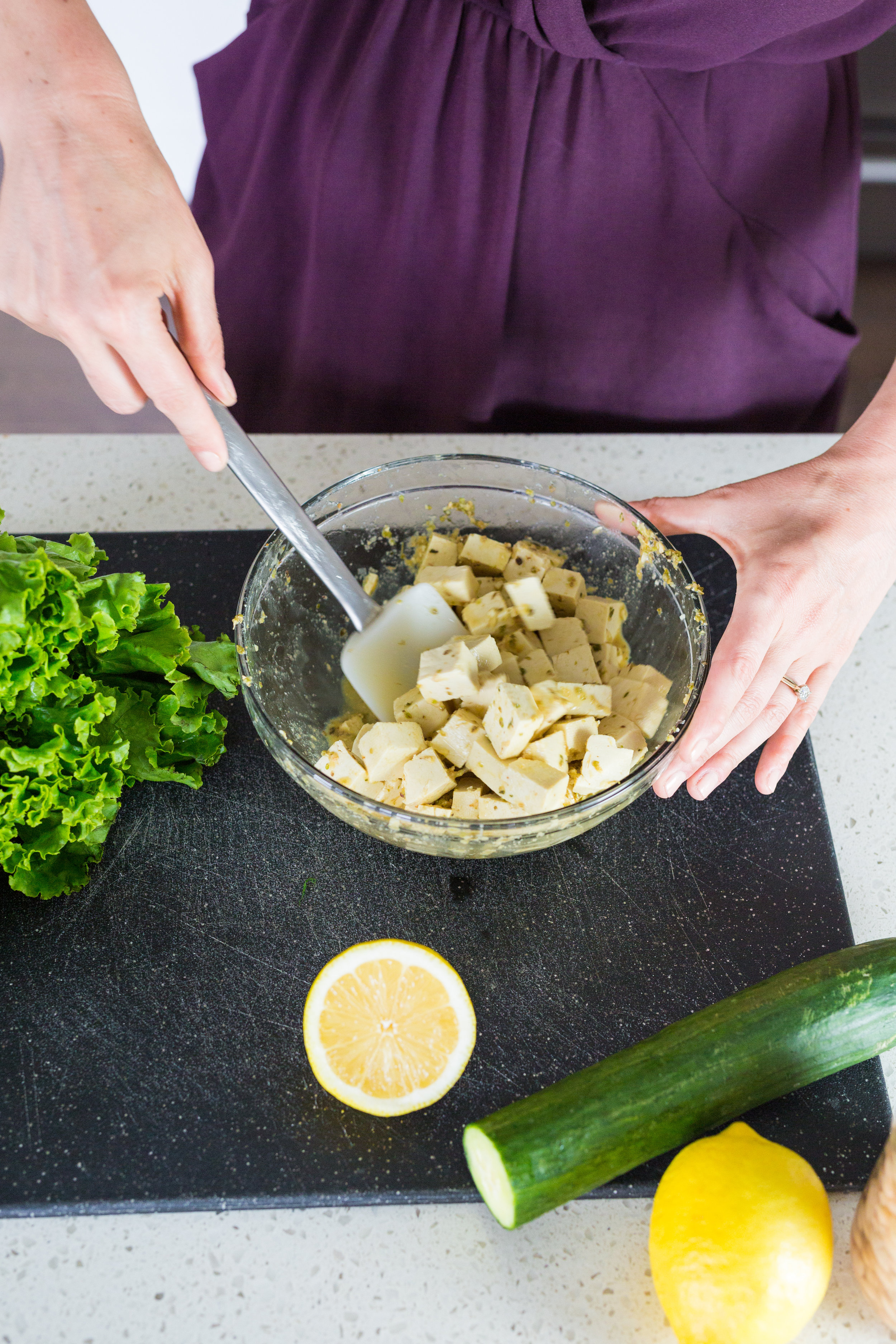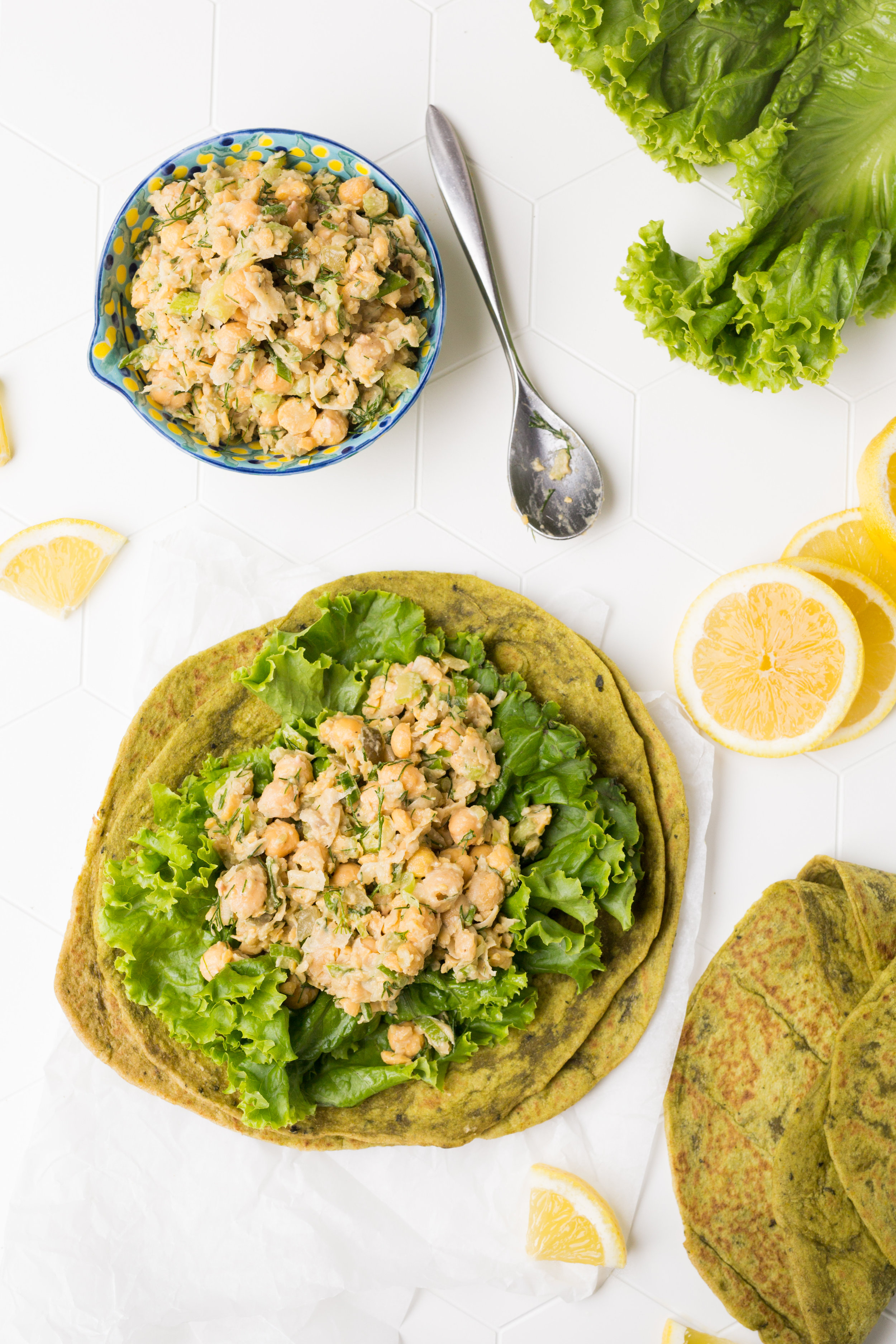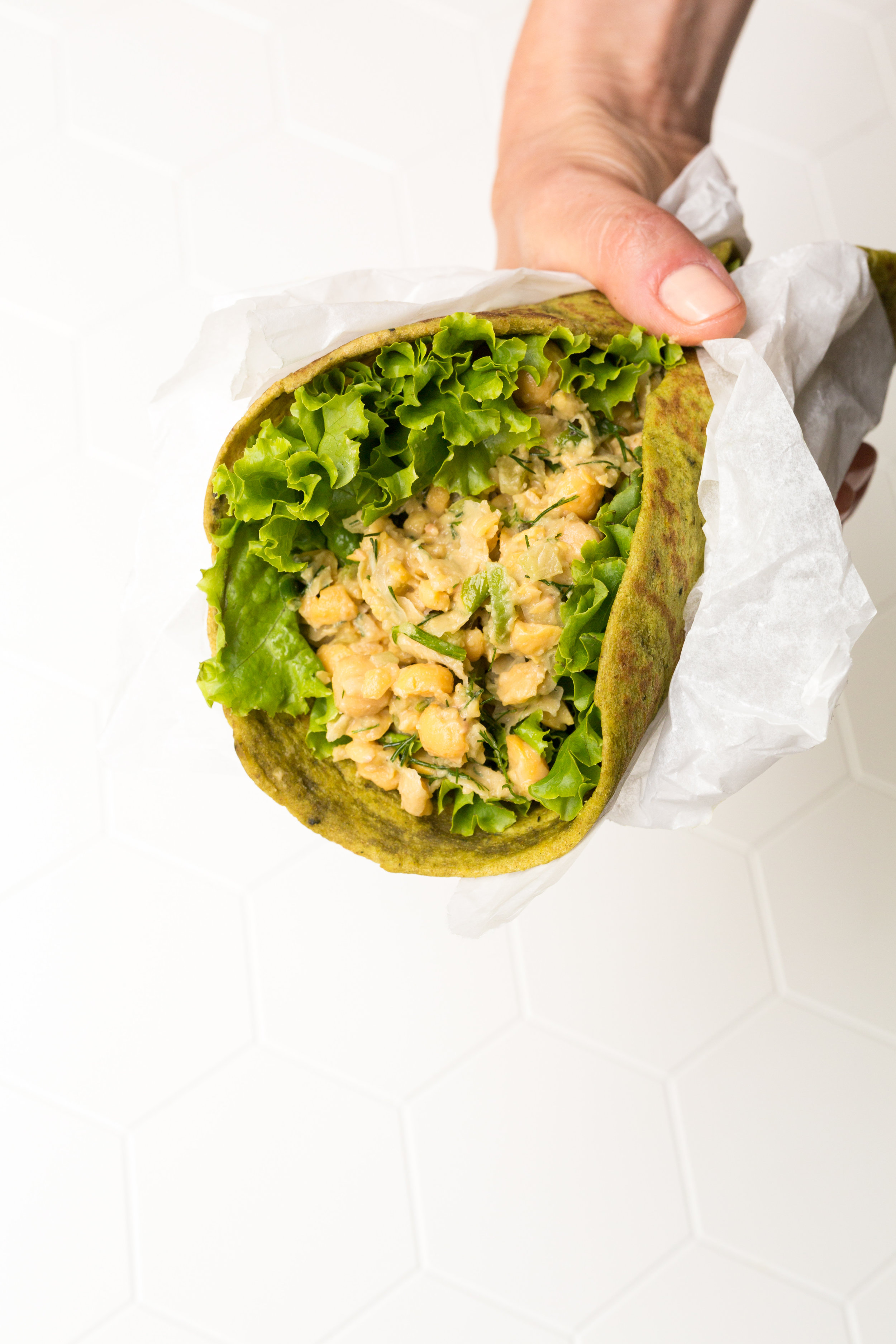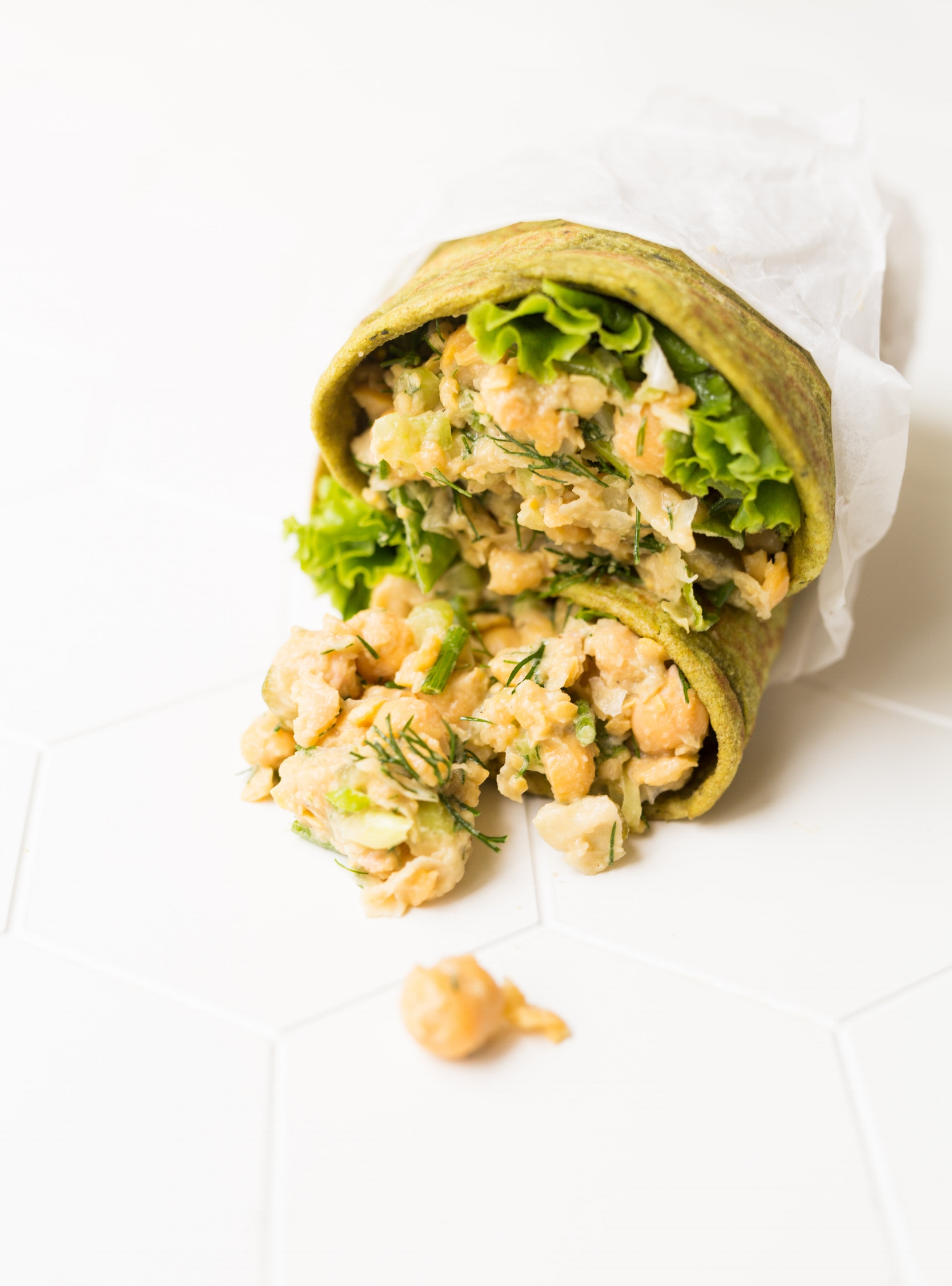Turmeric Quinoa Salad with Roasted Beets, Cabbage & Beans
It’s been a while since my last post and so much has changed since then. As I write this we’re currently into the third month of the COVID-19 pandemic and still very much practicing social distancing. This huge shift in our way of living was the push I needed to take the plunge into teaching online classes and workshop. While normally I teach in person here in Ottawa the last few months I’ve moved fully online and have been hosting virtual classes and corporate wellness workshop in my kitchen every week with folks from across Canada, the US and overseas. It’s been an amazing way to stay connected despite the fact that we’re physically distancing.
Since the weather’s warming up and we’re making the transition into lighter spring and summer dishes I figured it was time I shared a new recipe. This time of year I’m a big fan of hearty salads that can stand alone as a meal. In this week’s online cooking class we made a turmeric quinoa salad with roasted beets, red cabbage and beans. One of the participants, Alisha, said “It's the best quinoa salad I've ever had!” and others have been raving about it as well. I personally love that this salad contains anti-inflammatory turmeric and anti-oxidant rich beets and red cabbage. It’s full of colour and flavour, rich in protein and high in fibre so you can eat it as a meal, or serve it in small portions as a side dish. Scroll down for the full recipe and if you try it out, please let me know what you think!
Turmeric Quinoa with Roasted Beets, Cabbage, & Beans
Yields 6 - 8 servings
Ingredients:
1 large beet or 2-3 small beets (approximately 1 pound)
Olive oil
1 cup quinoa, rinsed and drained
1 1/2 cup water or low sodium vegetable broth
1/2 teaspoon turmeric
1/4 cup extra virgin olive oil
3 tablespoons apple cider vinegar
2 tablespoons maple syrup
1 - 2 tablespoons dijon mustard
1 teaspoon salt
1 can (398ml/14 oz) beans of your choice or chickpeas, drained and rinsed
1 cup loosely packed chopped parley
2 cups thinly sliced cabbage
Black pepper
Directions:
Preheat oven to 400 F and line a baking tray with parchment paper or a silicone liner. Peel and chop the beets into dice sizes pieces and add them to a medium sized bowl. Drizzle over about 1 teaspoon of olive and add a pinch of salt. Toss the beets to ensure they are evenly coated with oil. Lay the beets out on the baking tray and roast for 35 - 40 minutes (turning once half way) or until they are easily pierced with a fork.
Add the quinoa, water or broth, and turmeric to a small to medium sized sized pot. Bring the liquid to a boil, then cover and reduce to a simmer. Simmer for about 12 - 15 minutes or until quinoa is cooked, and then remove from the heat to cool for a few minutes. Then fluff the cooled quinoa with a fork.
To make the dressing, combine the olive oil, apple cider vinegar, maple syrup, dijon and 1 teaspoon of salt in a bowl, whisking well to combine.
To assemble the salad, add the cooked beets, quinoa, beans, parsley, cabbage and mix well. Pour over the dressing and mix until everything is evenly combined. Taste and season with additional salt (if needed) and a generous amount of black pepper. Enjoy this salad on its own either hot or cold as a main dish, or enjoy in smaller portions as a side dish to whatever you’re eating.
This will keep in the fridge in an airtight container for 5 days.
If you enjoyed the recipe I shared above be sure to check out my Plant-Based Breakthrough program, which is a crash course in plant-based health, nutrition, and meal planning. For details about the program click here. You can also join the Plant-Based Breakthrough Community on Facebook where I share recipes, inspiration, and information on plant-based nutrition.
